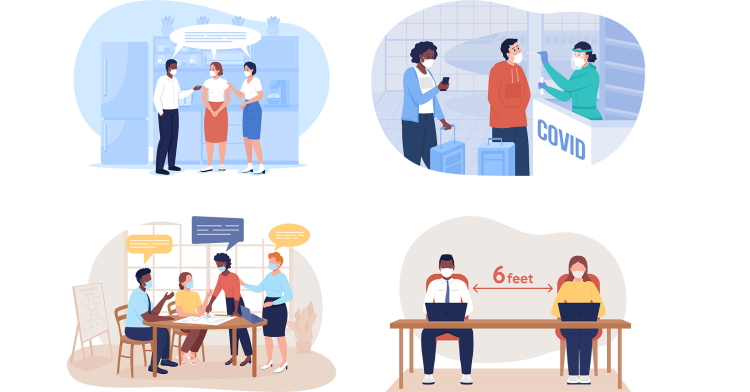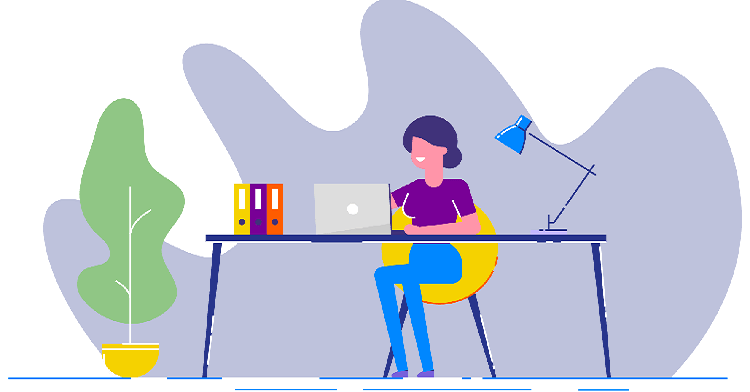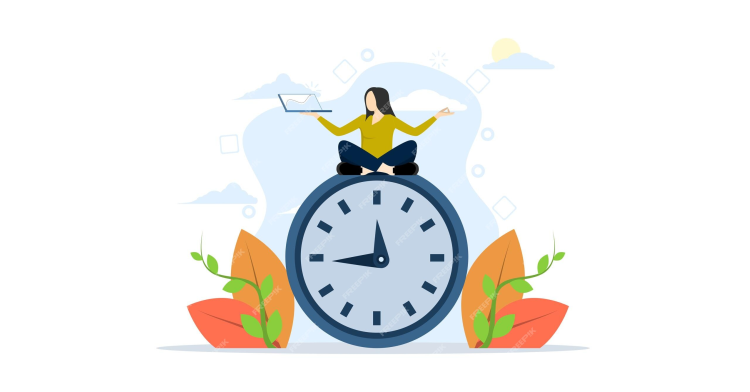1. Adoption of remote work and flexible policies: The pandemic has pushed organizations to adopt work-from-home policies more broadly, allowing them to evaluate productivity and cost benefits. Flexible work timings may become more familiar to accommodate employee needs.
2. Increased digitization: Organizations will likely invest more in digital tools and processes, reducing paperwork and making remote interactions more efficient. This shift will lead to a more digitally savvy workplace.
3. Enhanced employee engagement and positive work culture: The crisis has strengthened employer-employee relationships through support, transparency, and open communication, fostering more significant commitment, collaboration, and more positive work culture.
4. Long-term changes in workplace management: The pandemic will bring lasting changes in how organizations manage their workforce, promoting a more flexible, digital, and employee-centric approach to work.
The biggest challenge for organizations during the pandemic is to minimize their employees’ risk of contracting this disease while maintaining their operations. To this end, they have asked most of their employees to work from home and allowed only critical employees to work from the workplace.

As the entire world struggles to contain the spread of COVID-19, organizations are coping with their challenges.
These challenges range from significant decline in demand to stalled supply chains and loss of productivity during the current crisis.
Many organizations, especially in technology and outsourcing, have employees working from home or remote locations for many years.
For others who have been slow in terms of the adoption of such practices, this was a rude wake-up call.
These organizations have struggled to arrange for employees to work from home during this crisis.

Organizations also need to look at the long-term impact of the pandemic on the workplace.
As things come back to normal once the crisis subsides, it might be a new normal for organizations and how they work.
This crisis will leave behind many valuable lessons that will significantly impact the work culture of almost every organization.
Many experts think that this outbreak may be responsible for bringing about lasting changes in the way organizations manage their workforce.

COVID-19 forced most organizations to alter their work schedules to better suit the current scenario.
To mitigate the crisis, organizations have implemented work-from-home policies to stay functional during this crisis.
Such changes will likely impact employees’ short- and long-term work.
Many HR experts think the pandemic might have given organizations a golden opportunity to test various options they had not considered until now.
1. Work From Home Policy
2. Digital Workplace
3. Flexible Work Timings
4. Higher Employee Engagement
5. Positive Impact On Work Culture


Organizations had allowed a small percentage of employees to work from home for personal reasons even before the COVID-19 crisis.
Now, organizations are forced to reduce the number of employees at the workplace by more than half.
In this situation, permitting the employees to work from home can help reduce business losses significantly.
It will also help organizations understand the effectiveness of adopting this policy on a long-term basis.
They will be able to ascertain the impact of providing such freedom to employees on their productivity vis-à-vis the costs of setting up and maintaining physical workplaces for all employees.
Due to the time saved by not commuting, the employee might become more productive from home.
Also, they may be able to manage work-life balance better, leading to higher employee satisfaction.
Many organizations will have an opportunity to test the waters by working from home during this crisis and conducting a cost-benefit analysis, which will help them shape their policies in the long term.

The lockdown or shutdown over several weeks will make organizations, especially those that have lagged in this area, sit up and consider investing in digital work tools much more seriously.
Employees, especially those older and who haven’t adopted the digital ways of working as much, will be initiated into it and start a slow adoption process.
As a result, the workplace will become much more digitally savvy, and unnecessary paperwork will be reduced.
Meetings, discussions, and presentations might be online after the crisis ends.
Employees will be much more comfortable interacting with each other remotely using digital methods.
Digital working is essential for resolving crises like this and for increasing the workforce’s overall efficiency and productivity.
Hence, organizations will start looking at the complete digitization of business processes and faster adoption of digital work tools going forward.

Another strategy that organizations have been implementing for a long time but only for a small segment of their employees is providing flexible work timings.
In the current crisis, organizations ask employees to come to the office on alternate days or weeks until the pandemic subsides.
In some organizations, work timings are also staggered for different employee sets.
The current situation allows organizations to assess the effectiveness of flexible work timings from the perspective of productivity as well as employee convenience.
Based on the results, they can formulate a flexible work policy allowing employees to choose their work hours.
Employees may be allowed to come to the office early or leave early and work late evening or night shifts based on their convenience and personal needs without impacting their work.
This policy can help attract and retain employees who need such flexibility in their schedules.

Undoubtedly, this is one of the most challenging times for the entire human race.
Organizations have supported their workforce by allowing them to work from home to minimize the risk of exposure.
Most employees are likely to remember this humanitarian gesture of their employers for many years to come.
This will help strengthen their commitment and dedication to their organization.
Also, organizations are engaged in an open and transparent dialogue with their employees.
They continuously apprise them of the situation and take feedback and input from them whenever needed.
This has brought the organization and the employees closer.
They share the common goal of keeping the business up and running while minimizing the risks of exposure.

Despite implementing remote working policies, employees have collaborated effectively during these times of crisis.
They have been more understanding and supportive of each other. Employees have helped each other in using digital work tools and working remotely.
This has helped reduce the gap between the different generations of employees within the workforce.
The younger generation of employees has helped the older generation with the nuances of digital working.
The older generation has reassured the younger ones in managing such crises based on their experience.
Also, being on the digital platform, communication between team members has become much faster and more transparent.
This is leading to a more positive and open work culture.
While the world is still coming to terms with this deadly virus outbreak, the crisis will eventually end. However, it will leave behind many important lessons for humanity.
Organizations too will have a lot to learn from this, which will impact how they run and manage their businesses in the future and how their workplaces operate. The long-term impact of the pandemic on the workplace will be significant.

Lead author: Sagar Chaudhuri, the Co-Founder and CEO of HiFives. He is an HR Tech Evangelist with over 25 years of corporate and entrepreneurship experience. In the past, Sagar has worked in leadership roles with companies such as Genpact, Infosys, and ICICI Bank. He has an engineering degree from IIT Kharagpur and an MBA from IIM Lucknow. Connect on LinkedIn
To stay updated on the latest HiFives blogs, follow us on Twitter (@MyHiFives)